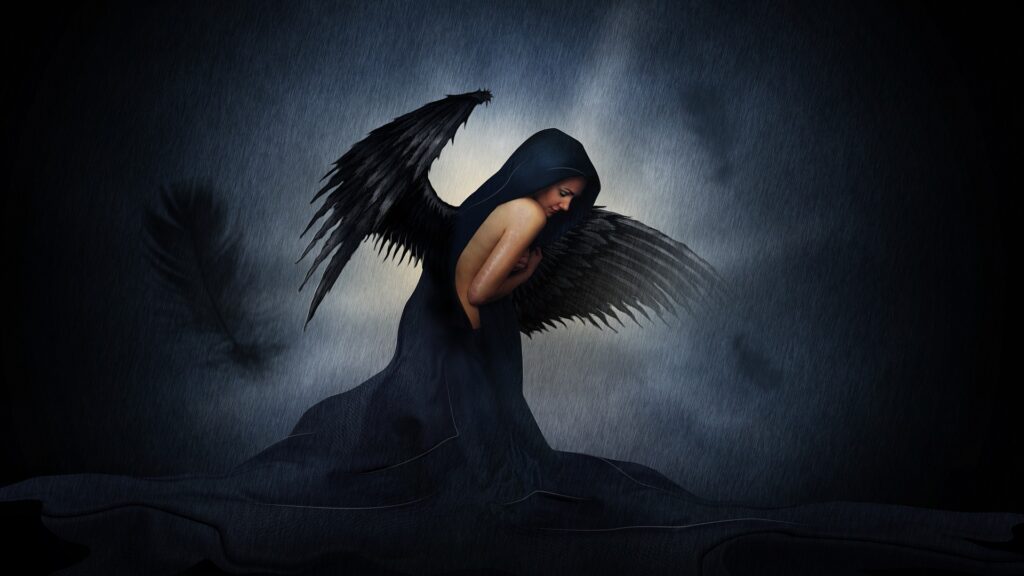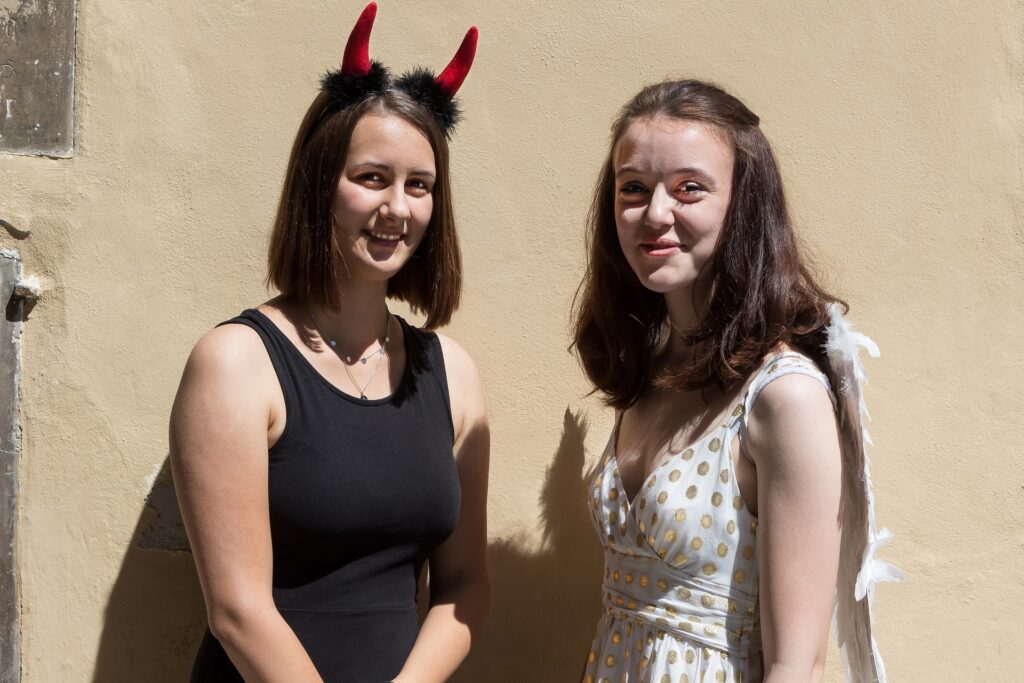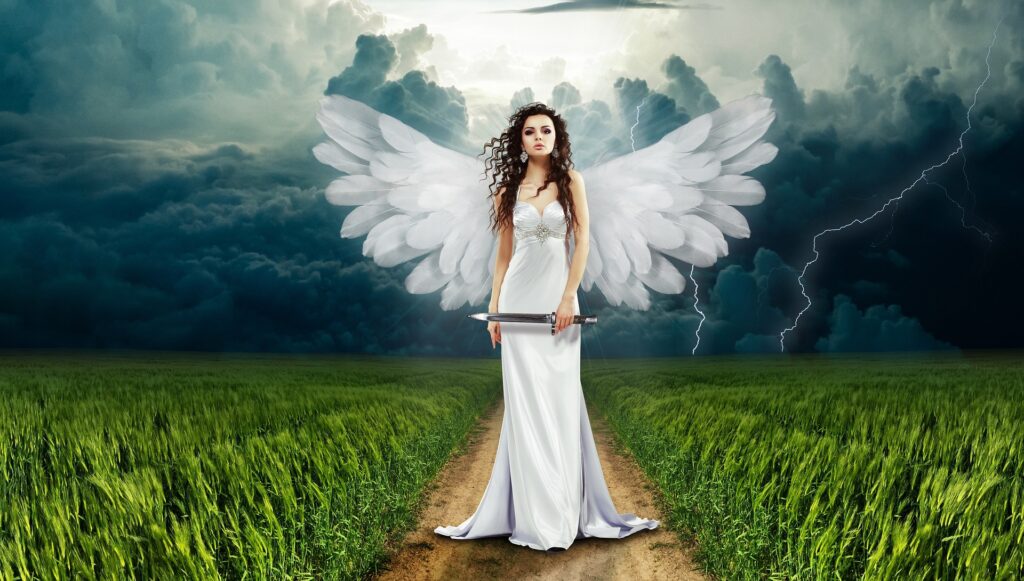Posted: February 26th, 2023
The Theme of Good vs. Evil in Beowulf

Introduction:
Beowulf is an Old English epic poem that tells the story of a hero named Beowulf, who travels to Denmark to help King Hrothgar fight a monster named Grendel. The poem is one of the oldest surviving works of literature in the English language and has been studied extensively for its depiction of good and evil. The struggle between good and evil is a recurring theme in the poem and is manifested in the characters of Beowulf, Grendel, and the dragon. This article will explore the theme of good vs. evil in Beowulf and how it is portrayed through the characters’ actions.
The Good:
Beowulf is the epitome of good in the poem. He is a hero who embodies the values of the Anglo-Saxon culture, including bravery, loyalty, and honor. Beowulf is motivated by a sense of duty to help those in need and protect his people from harm. His first act of heroism is when he travels to Denmark to help King Hrothgar and his people fight Grendel, the monster that has been terrorizing them.
Beowulf’s bravery is evident in his willingness to fight Grendel unarmed. He uses his strength and courage to defeat the monster and saves the Danes from further harm. Beowulf also demonstrates his loyalty to his people when he returns to Geatland and becomes king. He rules with wisdom and justice, and his people look up to him as a leader who cares about their well-being.

The Evil:
Grendel is the embodiment of evil in the poem. He is a monster that terrorizes the Danes and kills them in their sleep. Grendel represents chaos and destruction, and his actions are motivated by a sense of rage and jealousy. Grendel is portrayed as a dark and shadowy figure, and his presence in the poem creates a sense of foreboding and unease.
Grendel’s motivations for his attacks on the Danes are not entirely clear, but it is suggested that he is driven by a sense of jealousy towards the joy and happiness of the people in Heorot, the mead hall where the Danes gather. Grendel is unable to find joy in his own life and seeks to destroy the happiness of others.
The dragon is another example of evil in the poem. The dragon guards a hoard of treasure and becomes enraged when a thief steals a cup from the hoard. The dragon then begins to terrorize the countryside, burning down villages and killing innocent people. The dragon represents greed and destruction and is a threat to the people of Beowulf’s kingdom.
The Battle between Good and Evil:
The battle between good and evil is a central theme in Beowulf, and it is manifested in the epic battles between the hero and the monsters. Beowulf’s battles with Grendel and the dragon are physical and symbolic representations of the struggle between good and evil.
In the battle with Grendel, Beowulf uses his strength and courage to defeat the monster. He is able to overcome Grendel’s supernatural powers and kill him with his bare hands. This battle represents the triumph of good over evil, as Beowulf uses his virtues to overcome the destructive forces of the monster.
In the battle with the dragon, Beowulf is older and facing a more formidable foe. The dragon represents a greater threat than Grendel, and Beowulf is aware that he may not survive the battle. However, he is determined to protect his people and faces the dragon with bravery and determination. Beowulf is ultimately successful in defeating the dragon, but he is mortally wounded in the process. This battle represents the cost of victory in the struggle between good and evil.

Symbolism
The theme of good versus evil is a central one in Beowulf, and the poem makes use of many symbols to convey this theme.
The Symbolism of the Mead-Hall
One of the central symbols in Beowulf is the mead-hall, which is the central gathering place for the warriors in Hrothgar’s kingdom. The mead-hall is a symbol of civilization and order, and it is associated with the forces of good. In the first part of the poem, Grendel attacks the mead-hall, killing and devouring many of the warriors inside. This attack represents the forces of chaos and evil, which seek to destroy the civilized world.
When Beowulf arrives to help Hrothgar, he promises to rid the mead-hall of the monster, thus restoring order and civilization to the kingdom. Beowulf’s victory over Grendel is therefore a victory of good over evil, and it symbolizes the triumph of civilization over chaos.
The Symbolism of the Dragon
In the latter part of the poem, Beowulf faces a dragon that has been awakened from its slumber by a thief who has stolen a valuable cup from the dragon’s hoard. The dragon is a symbol of greed and destruction, and it represents the ultimate evil in the poem. Beowulf’s battle with the dragon is a symbol of the struggle between good and evil, and it is a test of Beowulf’s heroism and courage.
The dragon is also a symbol of the passage of time and the inevitability of death. Beowulf knows that he is old and that this will be his last battle, and he faces the dragon with a sense of resignation and acceptance. His battle with the dragon therefore represents not only the struggle between good and evil, but also the struggle between life and death.

The Symbolism of the Sea
The sea is another important symbol in Beowulf, and it represents both the forces of good and the forces of evil. On the one hand, the sea is a symbol of the unknown and the dangerous, and it is associated with the monstrous creatures that threaten civilization. On the other hand, the sea is also a symbol of adventure and exploration, and it represents the spirit of adventure and the quest for knowledge.
When Beowulf sets out to sail to Hrothgar’s kingdom, he and his men encounter sea monsters that attack their ship. This encounter represents the dangers of the unknown, and it emphasizes the courage and skill of Beowulf and his men. However, the sea is also a symbol of hope and salvation, and it is associated with the idea of spiritual rebirth.
The Symbolism of the Hero
Beowulf is the ultimate symbol of good in the poem, and he embodies the ideals of heroism, courage, and selflessness. He is a warrior who is willing to risk his life to save others, and he is driven by a sense of duty and honor. His battles with Grendel and the dragon are therefore not just physical battles, but also moral ones.
Frequently Asked Questions on Good vs. Evil in Beowulf
Q: What is the central theme of Beowulf?
A: The central theme of Beowulf is the struggle between good and evil.
Q: What are some symbols of good and evil in Beowulf?
A: Some symbols of good in Beowulf include the mead-hall, which represents civilization and order, and Beowulf himself, who embodies heroism and courage. Some symbols of evil include Grendel, who represents chaos and destruction, and the dragon, which represents greed and destruction.
Q: How does Beowulf embody the ideals of good?
A: Beowulf embodies the ideals of good through his heroism, courage, and selflessness. He is a warrior who is willing to risk his life to save others, and he is driven by a sense of duty and honor.
Q: What does Grendel represent in Beowulf?
A: Grendel represents the forces of chaos and destruction in Beowulf. He is a monstrous creature who attacks the mead-hall and kills many of the warriors inside.
Q: What does the mead-hall symbolize in Beowulf?
A: The mead-hall symbolizes civilization and order in Beowulf. It is the central gathering place for the warriors in Hrothgar’s kingdom, and it represents the forces of good.
Q: What does the dragon represent in Beowulf?
A: The dragon represents greed and destruction in Beowulf. It is the ultimate evil in the poem, and it is a symbol of the inevitability of death.
Q: How does the sea symbolize good and evil in Beowulf?
A: The sea represents both the forces of good and the forces of evil in Beowulf. On the one hand, it is a symbol of the unknown and the dangerous, and it is associated with the monstrous creatures that threaten civilization. On the other hand, it is also a symbol of adventure and exploration, and it represents the spirit of adventure and the quest for knowledge.
Q: How does Beowulf’s battle with the dragon represent the struggle between good and evil?
A: Beowulf’s battle with the dragon represents the struggle between good and evil in several ways. First, the dragon is the ultimate symbol of evil in the poem, and Beowulf’s battle with it is a test of his heroism and courage. Second, the dragon represents the passage of time and the inevitability of death, and Beowulf’s battle with it is a symbol of the struggle between life and death. Finally, Beowulf’s battle with the dragon is a moral battle, as he must defeat the dragon not only physically, but also morally.

Expert paper writers are just a few clicks away
Place an order in 3 easy steps. Takes less than 5 mins.